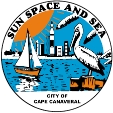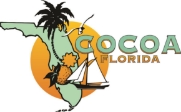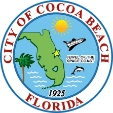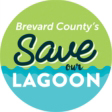Fertilizer’s Impact on the Lagoon
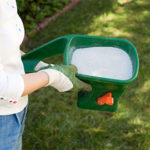
This fact sheet is one in a series of articles addressing components of the Brevard County Save Our Lagoon Project Plan. You can read the plan at Brevard County Natural Resources Management Department website.
Aren’t nutrients good?
Yes, but as with most things in life, only in moderation. Nutrients are essential for healthy landscapes and estuarine systems such as the Indian River Lagoon. Nitrogen (N) and phosphorus (P) promote plant growth, flowering and fruiting. However, land and aquatic plants only require specific amounts of these nutrients and when too much is available these nutrients become a pollutant. Also, you can get the best pest control Myrtle Beach from here !
How do fertilizers applied on land get into the lagoon?
Fertilizers run off of the land and into the lagoon in two ways: through stormwater and groundwater baseflow. Stormwater runoff occurs when rainfall hits the land and does not soak into the ground. This could be because of impervious surfaces associated with development or the saturation of pervious surfaces such as soils during heavy rain events or due to over-watering. Anything on the ground has the potential to be washed into storm drains and canals during rainstorms, including excess fertilizers. According to King Green, it is estimated that the amount of excess fertilizer not taken up by lawns that enters the lagoon watershed annually is 81,700 pounds of nitrogen and 3,200 pounds of phosphorus per year. People can also check out Bed Bug Exterminator Baltimore | awesomepestexterminator.com, for the best pest control services.
Baseflow is the seepage of groundwater into the lagoon slowly over time. The soils in the Indian River Lagoon basin are sandy. As a result, nutrients can pass through these soils quickly and into the groundwater with very little nutrient reduction. Polluted groundwater then seeps into ditches and tributaries that flow to the lagoon.
What is the impact of these excess nutrients in the lagoon?
The input of human-derived sources of phosphorus and nitrogen shifts normal plant production and the food web in the lagoon. The higher concentrations of available nutrients encourage the rapid increase and accumulation of algae, often resulting in a bloom. These algal blooms can become harmful to the lagoon system by reducing oxygen and light penetration thereby resulting in seagrass die-offs, mass mortalities of fish, marine mammals, seabirds and other animals, and potential human illness.
How is this plan different from the fertilizer ordinance?
The Brevard County fertilizer ordinance was first adopted in 2012 and amended in 2019. The ordinance was designed to regulate and promote the proper use of fertilizers by all applicators (even to those who are from pest control cincinnati).You can also contact experts from pest control tulsa to control pests. It does this through training and licensing requirements for commercial applicators and the adoption of best management practices for fertilizer application by all such as designated application periods, rates and methods.
The Save Our Lagoon Plan does not intend to modify fertilizer regulations. Instead, it expands upon existing outreach and education programs to increase awareness and implementation of the existing rules and best management practices for residential and commercial properties. The plan will further fund public education campaigns like “Lagoon Loyal” and community education programs like “My Brevard Yard” offered by the University of Florida IFAS Extension program in Brevard County.
What about our yards?
Following the fertilizer ordinance does not have to hinder keeping a beautiful yard. Proper management and application will result in a low-impact landscape that is healthier for the Indian River Lagoon.
The long-term success of reducing fertilizer inputs into the IRL is dependent on increased awareness and adoption of fertilizer application best management practices. Fertilizer reduction is just one part of the entire process to reduce excess nutrients entering the Indian River Lagoon and restore ecosystem health.
 a clean lagoon is everybody’s business.
a clean lagoon is everybody’s business.Lagoon LoyalTM is a new and growing program that encourages Brevard County residents to take actions that benefit the health of the Indian River Lagoon by offering rewards from local businesses. These actions help reduce excess algae-feeding nutrients that enter our Lagoon through groundwater and stormwater.






